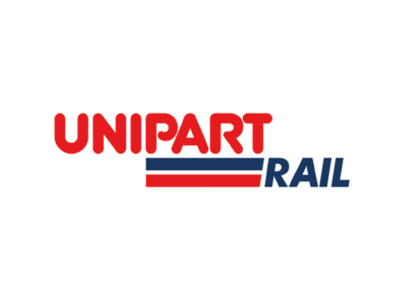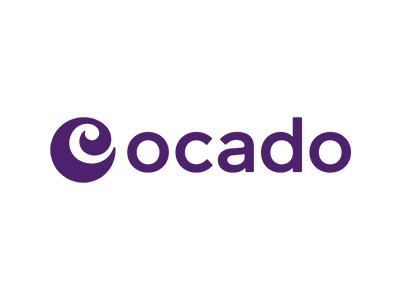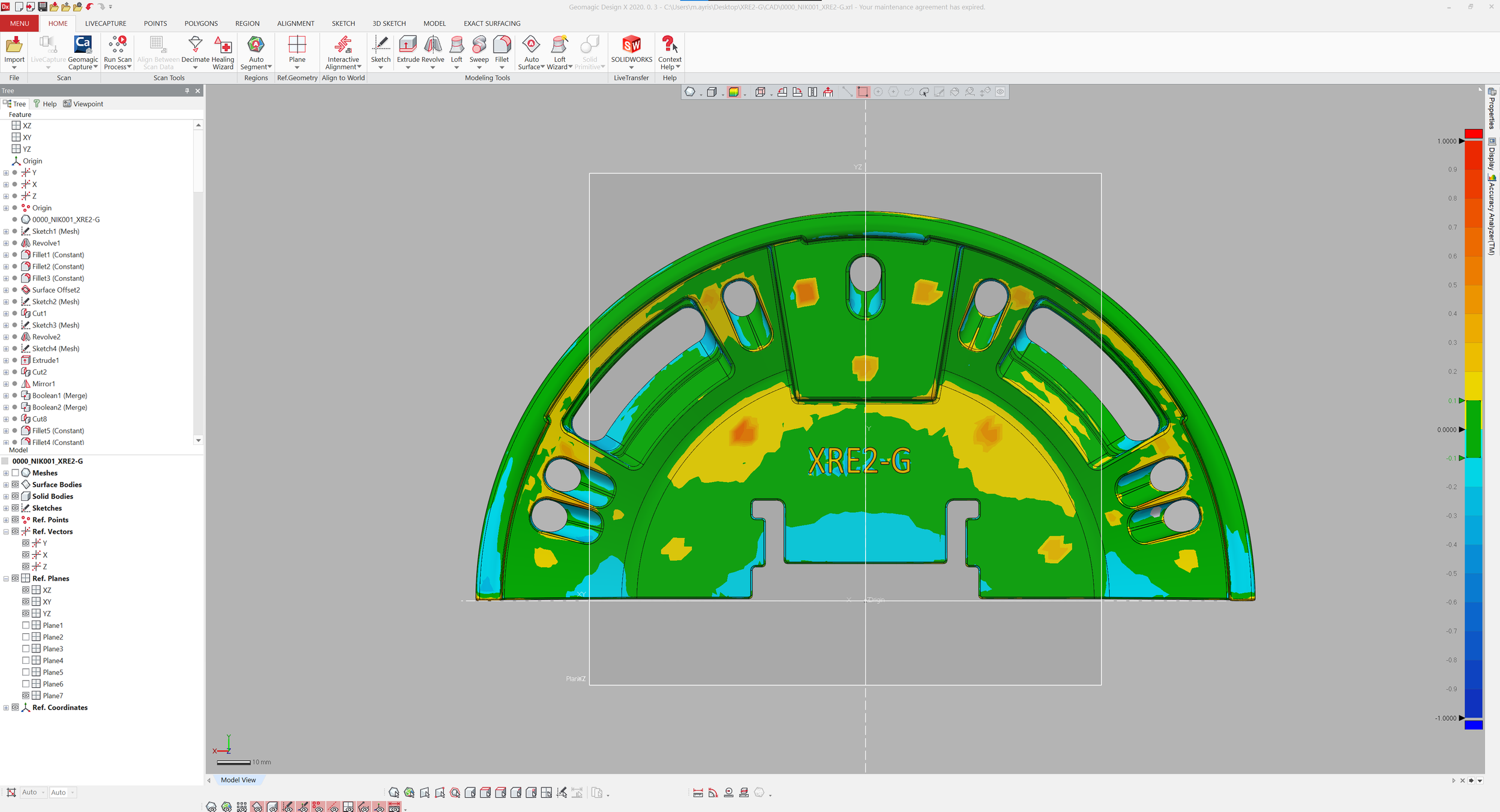
Leaders in Precision Laser Solutions: 3D Scanning, Dimension Analysis, and Reverse Engineering Services.






Welcome to Laser Scanning Ltd.
Laser Scanning LTD specialises in offering on-site, mobile, and fully automated laser scanning services. Our primary goal is to provide a quick and cost-efficient method for gathering physical data of objects within various environments. Our expertise lies in 3D scanning, reverse engineering, quality inspection, and other related services.
Our Services
-

Laser Scanning
Explore additional information regarding our laser scanning services, which encompass both manual and automated solutions.
-

Reverse Engineering
Our comprehensive reverse engineering solutions offer the expertise and technology needed to recreate intricate parts, products, or systems, providing valuable insights for design improvement, replication, and innovation.
-

Dimension Analysis
Our advanced dimensional analysis services utilize cutting-edge technology and methodologies to precisely measure and evaluate physical components, ensuring compliance with design specifications, quality standards, and performance requirements.
-

Prototyping
Our prototyping services leverage state-of-the-art 3D printing, CNC machining, and laser cutting technologies to swiftly transform concepts into tangible prototypes.
-
Laser scanning is a highly accurate non-contact, non-destructive digital technology that captures the 3D geometry of a physical object. Traditional measuring equipment, such as CMM touch probes or manual measuring tools only measure one data point at a time, making them a much more labour intensive, time consuming measurement method. With laser scanning you can record thousands of data points per second as the laser is moved over the part regardless of its geometry.
Laser scanning can be used for any application where you want to capture high accuracy 3D data about an object's shape. This includes but is not limited to: automotive and aerospace design, reverse engineering and inspection, architecture, industrial design and engineering, medical visualization and simulation, robotics and automation among many other applications.
-
OEMs are keen to keep down costs at every stage of the production cycle. The problem is that even a limited number of touch probe measurement points involve considerable programming overhead, and creating tactile scanning cycles is even more complicated, time-consuming and expensive. On the aerofoil surface of a turbine blade, 5-axis analogue scanning requires elaborate CMM programming to ensure that the probe tip continuously follows the part surface without colliding with it or the machine structure. Furthermore, the component needs to be clamped in a costly fixture.
With non-contact laser scanning, there are fewer restrictions, so overall costs are reduced. It is unnecessary to datum the component; it can be placed anywhere on the table in any orientation or held in a simple fixture. Programming laser scanning cycles is easier and faster, both online and offline, requiring only simple parallel sweeps of the head with short motion paths and limited or no head indexing.
-
Components of flexible, sensitive or fragile materials need a metrology solution that does not cause the part to move or mark its surface during an inspection. Manufacturers of such products will almost certainly look beyond tactile probing to 3D laser scanning.
Shiny and multi-coloured surfaces do not cause a problem either. Our laser scanners dynamically adapt the laser source intensity point by point to capture data from surfaces of varying colour or high reflectivity. This capability allows different sample materials and surface finishes to be inspected without operator intervention.
Intelligent intensity adaptation also helps automatic laser scanning of similar parts at different manufacturing stages, initially dealing perhaps with bare sheet metal parts and finally scanning finished products painted in any colour.
-
Early detection of product quality issues and understanding the root cause of a problem are essential to the rapid development of a new product. Digitising parts up-front and inspecting the virtual digital copies provides a high level of detailed knowledge by streamlining metrology operations and embedding them into an integrated, CAD-centred, design-to-manufacturing process.
The low-noise point cloud data captured by our Nikon Metrology laser scanners allow us to generate and access the required information quickly. We use Nikon Focus inspection software to automatically filter the data and produce smooth, highly detailed meshes aligned with nominal CAD geometry using best-fit, feature-align, or other techniques. A complete digital model comprising complex freeform surfaces and dimensional information is derived in minutes rather than days.
Laser scanning allows detailed feature information to be obtained from the measured point clouds. With hundreds of points measured on holes, slots and studs, the features can be extracted more accurately than tactile probing, during which often only a few points are measured. Full GD&T analysis toolboxes are available to inspect the location, cylindricity, parallelism and much more.
3D scanning reduces product development time since once the digital model of a prototype is available, product verification, engineering analyses and other functions can occur concurrently. On-screen, virtual assembly of multi-part products speeds fit and function analyses and shortens the prototyping phase. Often, as complete parts are measured, and more information is available, several iterations can be eliminated altogether from a product development cycle.

